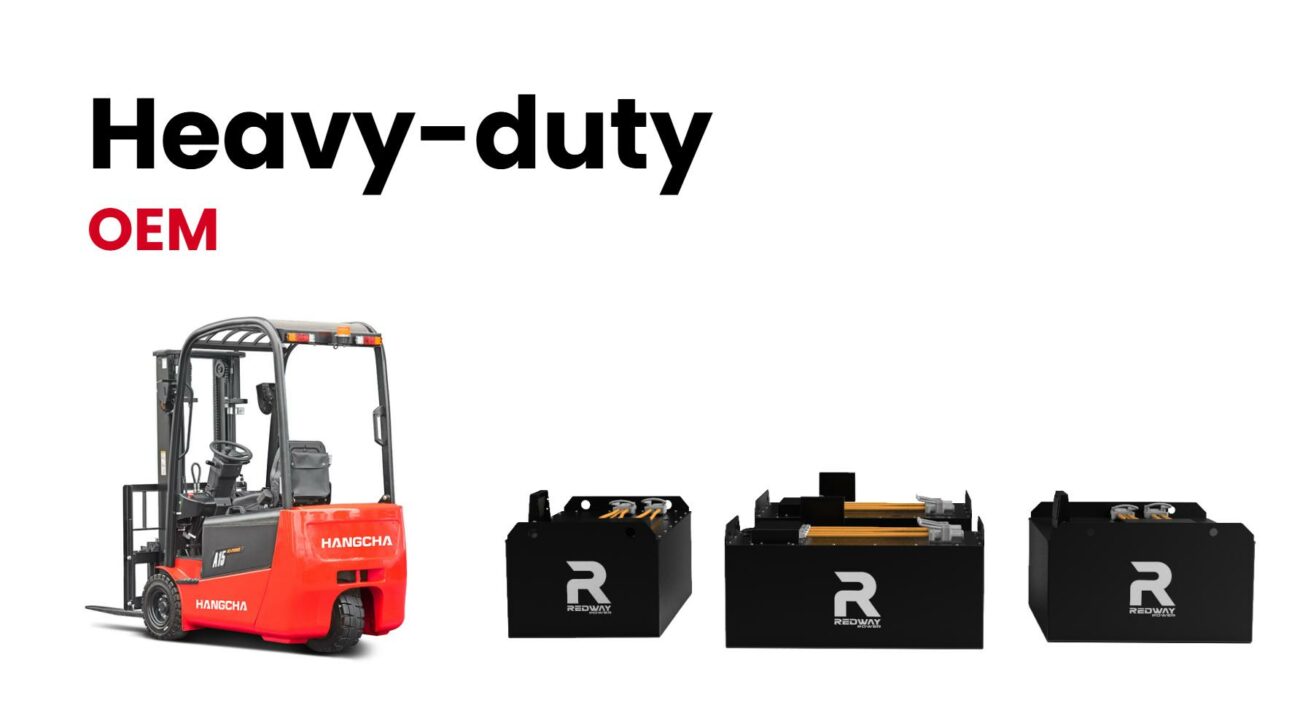What Causes Sulfation in Golf Cart Batteries?
Sulfation occurs when lead-acid batteries are left partially charged or discharged for extended periods, causing sulfate crystals to form on the plates. This buildup reduces conductivity, capacity, and lifespan. Common causes include infrequent use, improper charging, and extreme temperatures. Regular maintenance and proper charging habits minimize sulfation risks.
72V 200Ah Lithium Golf Cart Battery
How Does a Battery Desulfator Work?
Battery desulfators use high-frequency pulses or controlled electrical currents to break down sulfate crystals on battery plates. These devices restore conductivity by dissolving hardened sulfates, improving charge retention and voltage output. Automatic desulfators can be integrated into chargers, while manual methods involve Epsom salt additives or specialized equipment.
Modern desulfators employ two primary technologies: high-frequency pulse (HFP) and chemical dissolution. HFP devices emit short bursts of energy at 2-10 MHz frequencies, resonating with sulfate crystals to fragment them without damaging lead plates. Chemical methods use magnesium sulfate solutions to displace crystallized lead sulfate. A 2023 study by Battery Technology Journal found pulse desulfators recover 15-30% more capacity than chemical alternatives in flooded lead-acid batteries.
| Desulfation Type | Success Rate | Time Required |
|---|---|---|
| Pulse Charger | 85% | 24-72 hrs |
| Epsom Salt | 55% | 48+ hrs |
How Does Temperature Affect Sulfation Rates?
High temperatures accelerate sulfation by increasing chemical activity, while cold temperatures thicken electrolytes, promoting crystal formation. Store batteries in 50°F–80°F environments. Insulate batteries in winter and avoid direct sunlight in summer.
48V 100Ah Lithium Golf Cart Battery
Every 15°F increase above 77°F doubles sulfation speed according to the Battery Council International. Below freezing, sulfate crystals form 40% faster due to reduced electrolyte mobility. Thermal management solutions include:
- Insulated battery boxes for winter storage
- Ventilated compartments for summer heat dissipation
- Thermal wraps maintaining 60-75°F operating range
Data from Trojan Battery Company shows proper temperature control extends battery life by 18-24 months in extreme climates. Users in Arizona and Minnesota report 35% fewer sulfation issues when implementing active temperature monitoring systems.
FAQ
- How long does desulfation take?
- Manual methods require 12–48 hours. Pulse chargers may need multiple cycles over weeks.
- Can AGM batteries be desulfated?
- Yes, using pulse chargers. Avoid Epsom salt, as AGM batteries are sealed.
- Does desulfation work on lithium batteries?
- No. Lithium-ion batteries don’t sulfate but require specific maintenance protocols.



